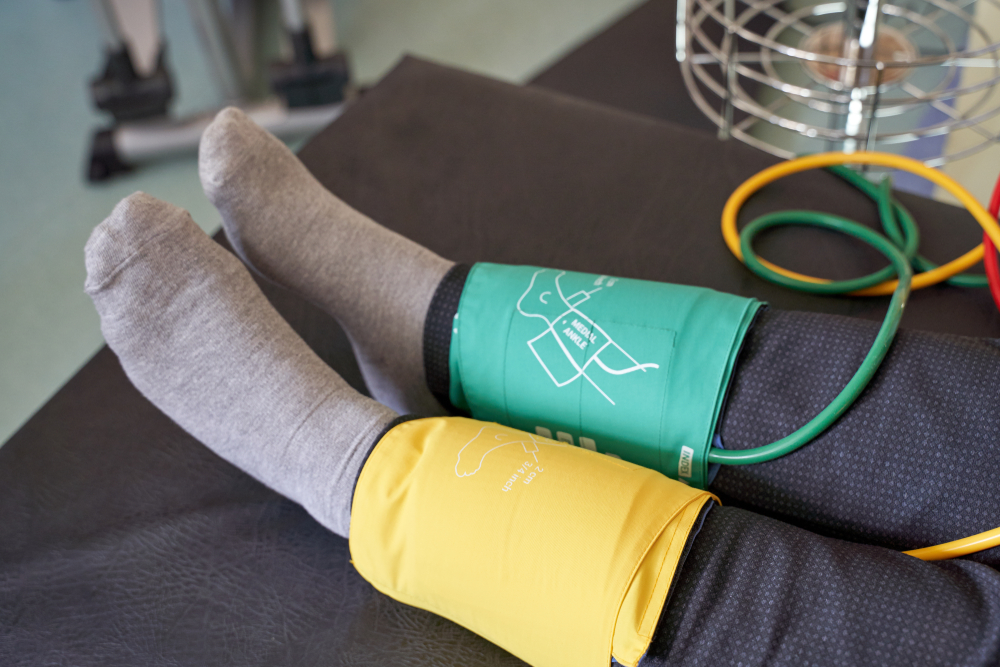Peripheral artery disease (PAD) is a disease that involves the arteries (blood vessels) throughout the body yet does not involve the arteries to the heart (called coronary heart disease) or to the brain (called cerebrovascular disease). It is commonly found on the legs (that causes pain while walking and severe cramping when walking or exercising), but can be also found on the arms, neck or kidneys.
The major contributor to this disease is cigarette smoking. Other contributors can be the following:
- Diabetes
- High blood pressure
- Kidney problems
- High cholesterol
It usually targets persons above 40 years old, which occurs due to the presence of atherosclerosis in their bodies (the narrowing of various blood vessels). The disease can also form in the body from other complications such as:
- Artery spasms
- Blood clots
- Trauma
- Fibromuscular dysplasia
- Vasculitis


